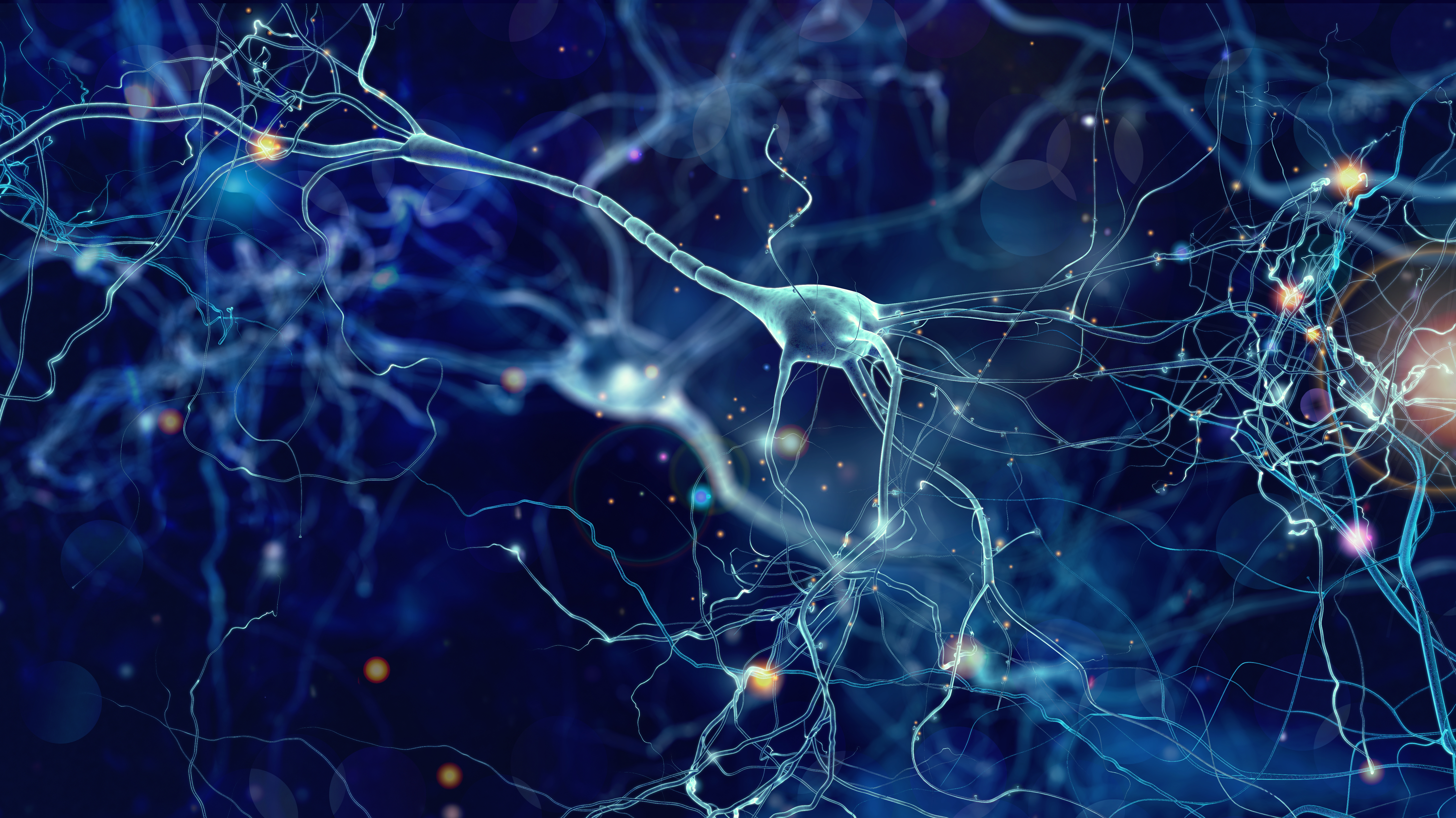by Buck Institute
February 8, 2019 . BLOG
Parkinson’s disease: ɑ-synuclein and PAR partner in disease progression
By: Catherine Chang and Catlyn Cavender, Dominican University Master's Students
Parkinson’s disease (PD) is the second most common neurodegenerative disease with more than ten million people currently diagnosed worldwide. It is estimated that the combined direct and indirect costs of PD is nearly $25 billion per year in the United States alone, yet there are no current cures for PD. PD symptoms, such as loss of motor control and dementia, are caused by the death of dopamine-producing cells in the motor and reward systems of the brain. Current therapeutics, like Carbidopa-Levodopa or MAO B inhibitors, focus on replenishing or protecting dopamine levels in the brain rather than treating the underlying cause of the disease.
Although the underlying cause of PD is still largely unknown, there are hallmarks in PD pathology that can provide some clues to the researchers. First, ɑ-synuclein is a small protein that is abundant in healthy neurons. Although the protein’s exact function remains mysterious, the protein is known to be the main aggregate in neurons, a hallmark of PD pathology. Second, it is also known that neurons in PD patients undergo a specific form of cell death, known as parthanatos, that is driven by the buildup of poly(ADP-ribose) (PAR) in the cell.
Could there be a link between the two PD hallmarks, ɑ-synuclein aggregates and PAR? ɑ-synuclein aggregates are known to stress cells, and a recent study showed that the protein aggregate might even cause DNA damage. Poly(ADP-ribose) polymerase-1 (PARP-1) is an enzyme that is responsible for many different functions in the cell, such as repairing DNA damage. When there is DNA damage, PARP-1 generates PAR, which then repairs the DNA damage in conjunction with PARP-1. However, when PARP-1 generates too much PAR, it can cause parthanatos. Perhaps the stress induced by the ɑ-synuclein aggregates results in PARP-1 generating too much PAR, leading to cell death in PD patients.
A recent Science article focused on that very question and investigated whether there is a correlation between ɑ-synuclein aggregation and PARP-1 activity in human neurons and mice. Since ɑ-synuclein does not normally aggregate on its own, the lab used ɑ-synuclein preformed fibrils (PFF) to represent the pathological ɑ-synuclein aggregates seen in PD patients. Indeed, the team found that the ɑ-synuclein PFF caused neuronal death through activating PARP-1, leading to excess PAR generation, and ultimately parthanatos.
In addition to causing neuronal cell death, the researchers showed that the PAR generated by PARP-1 was also able to accelerate fibril formation of ɑ-synuclein in their mouse models, which in turn generates more PAR and worsens the situation. Luckily, the team was able to inhibit these harmful effects by feeding the mice one of several known PARP inhibitors or removing the PARP-1 gene from the mouse genome. This showed that the damage created by ɑ-synuclein aggregation through PARP-1 activation can be reversed, at least in mice.
The team suggested for future studies to look at PARP inhibitors for the treatment of PD. Since in this study, PARP inhibition was shown to decrease the amount of PAR in the system, and reversed the effects of toxic ɑ-synuclein present in neurons and mice, PARP inhibition research for PD patients could be another mode of therapeutics. PARP-1 activation also was observed in experimental models of Alzheimer’s disease and Huntington’s disease, which means PARP-1 inhibition could also be studied in other neurodegenerative diseases. In addition, PARP-1 inhibiting drugs are already used to treat some carcinomas, which means that it might be easier to repurpose these drugs for neurodegenerative diseases rather than trying to get a novel drug approved by the FDA. Though more studies are needed, the results of this paper could be the basis of a new preventive method for many neurodegeneration patients.

SHARE